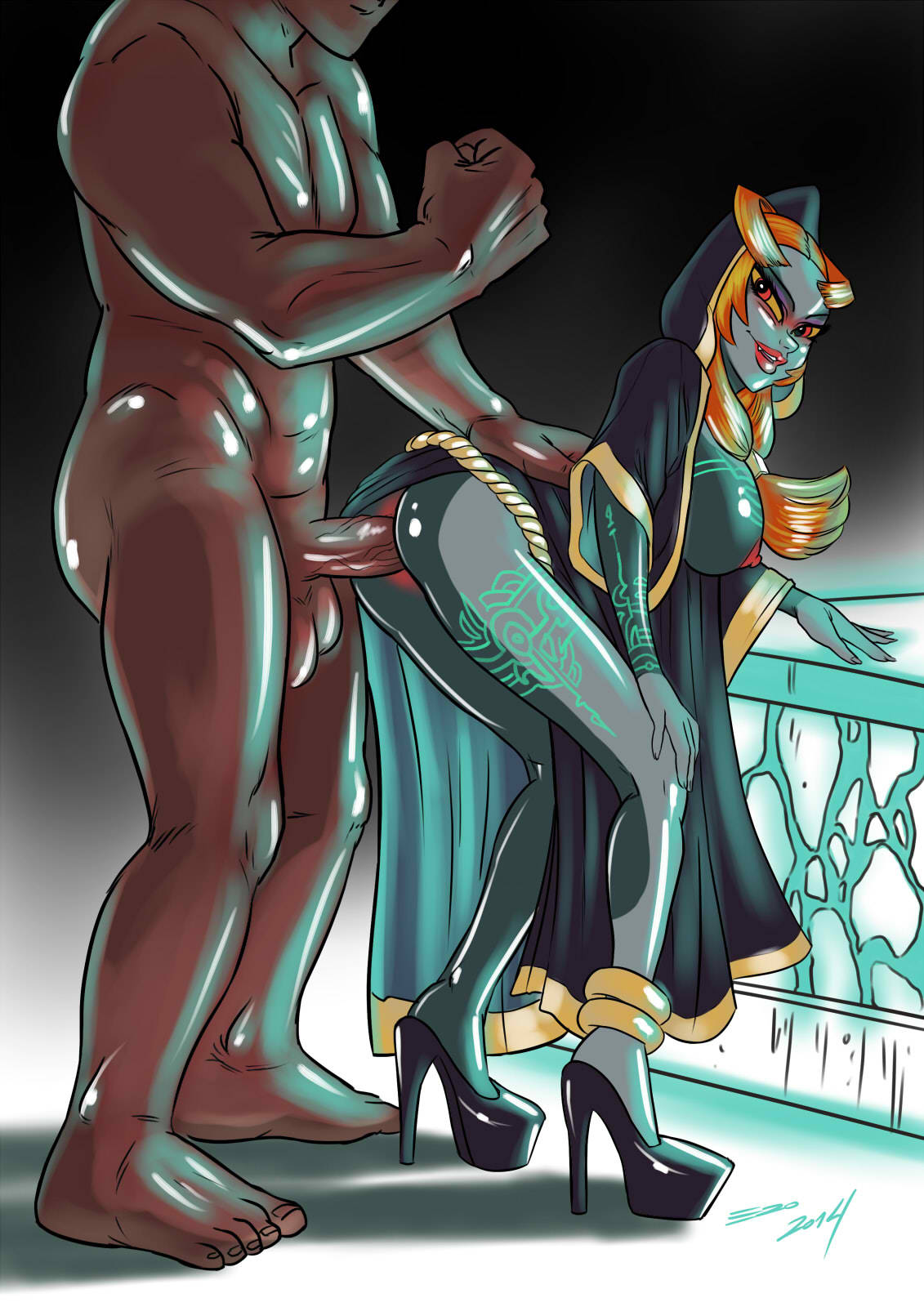Game information Game title: Legend of Zelda. Category: Adventure Games. Game ID on Flash Game: 1887. Game author: Zepher Entertainment. Total hits of the game: 581142 times. Best screen resolution: 480 x 360 pixels. Game instructions for Legend of Zelda: Legend of Zelda is an arcade game on.
| The Legend of Zelda | |
|---|---|
North American box art, including a cutout in the upper-left corner with a visible gold. | |
| Developer(s) | Nintendo Research & Development 4 |
| Publisher(s) | Nintendo |
| Series | The Legend of Zelda |
| Director(s) | Shigeru Miyamoto Takashi Tezuka |
| Producer(s) | Shigeru Miyamoto |
| Designer(s) | Takashi Tezuka |
| Programmer(s) | Toshihiko Nakago Yasunari Soejima I. Marui |
| Writer(s) | Takashi Tezuka Keiji Terui (manual backstory) |
| Composer(s) | Koji Kondo |
| Release date | JPFebruary 21, 1986 NAJuly 1987 PALNovember 15, 1987 |
| Genre(s) | Action-adventure |
| Mode(s) | Single-player |
| Ratings | E for Everyone |
| Platform(s) | Famicom Disk System, NES, Game Boy Advance, Wii Virtual Console, Nintendo 3DS, Wii U |

The Legend of Zelda, originally known in Japan as The Hyrule Fantasy: Legend of Zelda (THE HYRULE FANTASY; ゼルダの伝説), is an action-adventure video game developed and published by Nintendo and designed by Shigeru Miyamoto and Takashi Tezuka. Set in the fantasy land of Hyrule, the plot centers on a boy named Link, the playable protagonist, who aims to collect the eight fragments of the Triforce of Wisdom in order to rescue Princess Zelda from the antagonist, Ganon. During the course of the game, the player sees Link from a top-down perspective and must navigate him through the overworld and several dungeons, defeating enemies and finding secrets along the way.
The first game of The Legend of Zelda series, it was originally released in Japan as a launch title for the Family Computer Disk System peripheral in 1986. More than a year later, North America and Europe received releases on the Nintendo Entertainment System in cartridge format, making the game the first home console title to include an internal battery for saving data. This version was released in Japan in 1994 under the title The Hyrule Fantasy: The Legend of Zelda 1. The game was ported to the GameCube and Game Boy Advance, and is available in emulated form via the Virtual Console on the Wii, Nintendo 3DS and Wii U.

The Legend of Zelda was a bestseller for Nintendo, selling over 6.5 million copies. It is often featured in lists of games considered the greatest or most influential. A solitary sequel, Zelda II: The Adventure of Link, was first released in Japan less than a year after its predecessor's debut. The game spawned several prequels and a number of spin-offs, establishing a series that has become one of Nintendo's most popular.
In A Super Mario World
| This article is incomplete. Though it is not necessarily short, it is still missing some vital information. You can help the McLeodGaming Wiki by filling in the blanks. |
In the Super Smash Flash series
Characters
The two main characters introduced in this game, Link and Zelda, both appear as playable characters in both Super Smash Flash and Super Smash Flash 2.
Moves
Link's abilities to use a bow and a boomerang, which are both Zelda series staples, originate from this game. In SSF, Link uses a bow for his standard attack and a boomerang for his down attack, whereas in SSF2, Link uses a bow for his standard special move and a boomerang for his side special move. Link can also throw bombs for his down special move in SSF2, another Zelda series staple that originated from this game.
All Legend Of Zelda Games
Items
The Heart Container that was introduced as an item in both Super Smash Flash games originates from this game, where it performs a similar effect of healing the player. However, in the original game it would also increase Link's maximum life when collected.
Legend Of Zelda 1 Dungeon Theme Pro Tracker
| This page uses Creative Commons Licensed content from Wikipedia(view authors). |